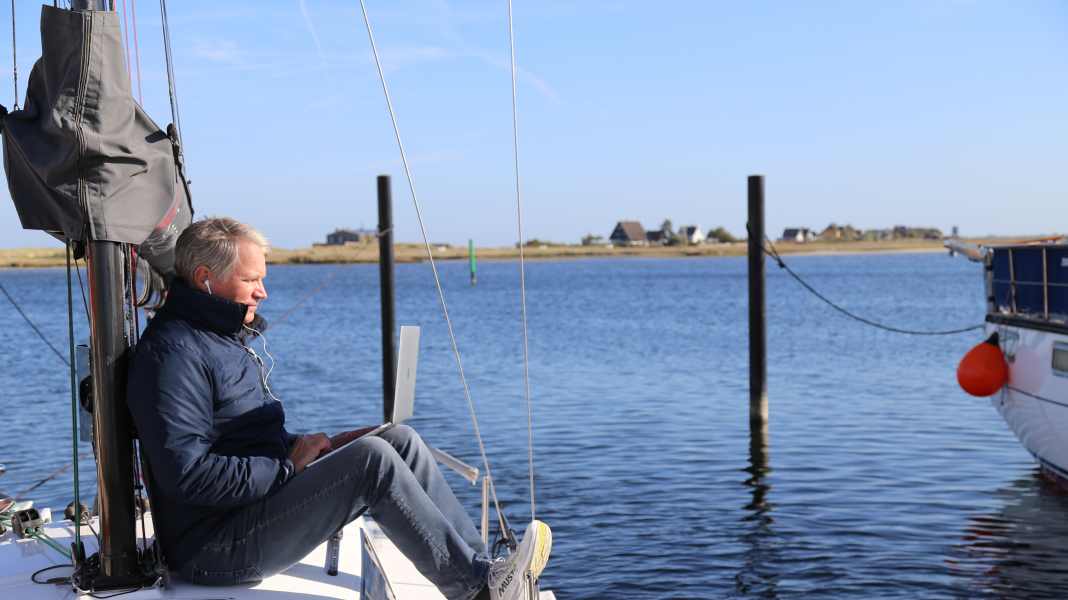Insurance: Are personal items on board covered by the boat policy?

In a loose series, we therefore address the most frequently asked questions - and misunderstandings - about yacht insurance. In the first instalment, with the help of Dirk Ammann from the leading boat insurance broker Pantaenius yacht insurance the fundamental Sense and purpose of a liability and comprehensive policy for the ship.
The second episode was all about the question, how high a ship should be secured. Especially if you buy a second-hand boat. Episode three dealt with the question, whether and to what extent older yachts should be insured.
Today we are looking at a small but extremely important detail that can be found in the boat insurance contract: the personal effects. What does this somewhat unwieldy term actually mean and what does it cover?
Dirk Ammann explains:
These are the private items that you take on board, but which have nothing to do with the actual purpose of the boat, namely water sports. This is best illustrated by distinguishing "personal effects" from terms such as "equipment", "accessories" and "inventory".
The difference between equipment, accessories and inventory
The equipment of a boat includes all items and devices required for the safe operation and navigation of this vehicle. This includes safety equipment such as life jackets and fire extinguishers. Another example is navigation equipment such as a compass and plotter. The exact equipment varies depending on the type of boat and the sailing area.
In contrast to equipment, accessories include movable items that are not components of the vessel and do not serve its economic purpose only temporarily. Accessories are usually only purchased for the boat and are therefore permanently on board. On-board bicycles or e-scooters, for example, are considered accessories.
In contrast to equipment and accessories, inventory includes fixed fixtures such as tables, cupboards and bunks.
Damage to equipment, accessories and inventory is covered up to the insured value, unless explicitly excluded. This may be the case, for example, in the event of wear and tear damage to the machinery. Further details on the exclusions can be found in the insurance conditions.
More about boat insurance:
- Burglary, collision, accident: Checklist for the correct procedure
- What to do in the event of damage? Prevention, mitigation, settlement
- The right policy for everyone: 7 sailor types at a glance
- Attention, trap! How to read the small print
- Legal advice: The most important answers in the interview
- Contract types: What policies are available
Personal effects, on the other hand, are private items for everyday use. They are usually carried by a person and are not part of the equipment, accessories or inventory. Examples include mobile phones, sunglasses and street clothes. Personal effects do not remain on board permanently when leaving the ship.
How high personal effects should be hedged
Personal effects, for example, are insured up to 5,000 euros as standard under the Pantaenius yacht hull conditions. However, this sum can be customised. This may be necessary when it comes to laptops, camera equipment and other expensive items.
According to the above definition, a laptop that is primarily used for navigation is also insured as an item of equipment. However, a laptop for video editing in the boat office with corresponding hard discs and camera equipment would count as personal effects. This means that the limit of 5,000 euros could quickly be exceeded.
It is therefore absolutely advisable to think honestly about the value of the personal items that you regularly take on board with you. The sum insured for "personal effects" should then be adjusted accordingly to avoid a rude awakening in the event of a claim.
Similarly, this also applies to other unusual items that you may have on board that cannot be categorised as equipment, accessories or inventory. For example, if someone sets up a workshop, a diving centre or an office with large screens permanently on their yacht, then these are no longer personal effects. The insurer can usually recognise the corresponding increase in value in the policy without any problems - if it is reported.
The expert:

